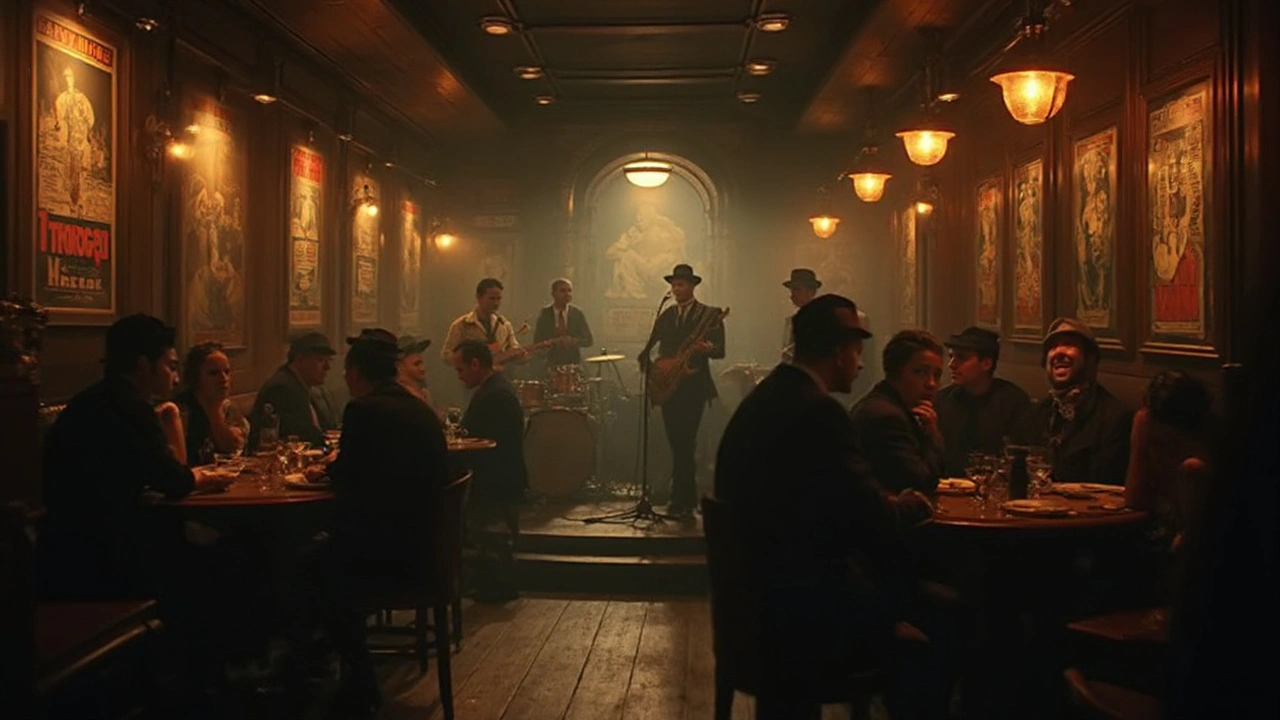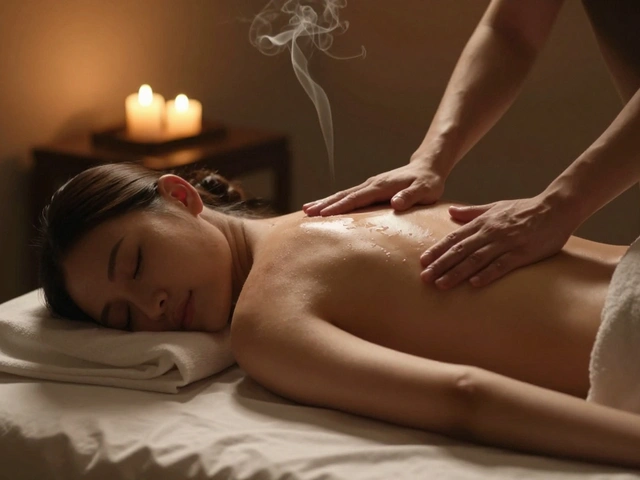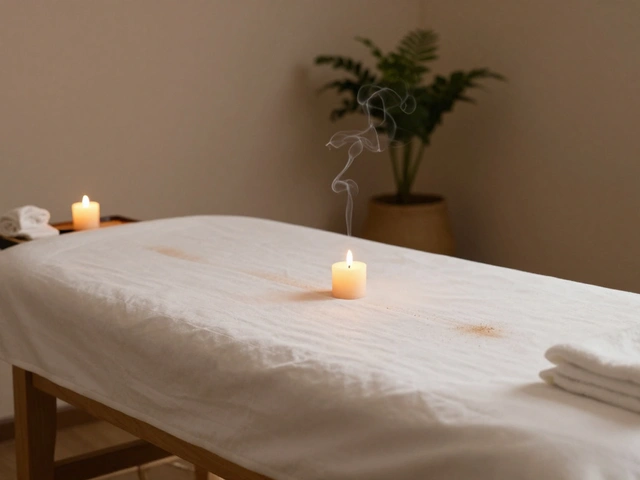Nightclubs History – The Story Behind London’s Club Scene
If you’ve ever wondered why the city never sleeps, the answer starts with its clubs. From tiny jazz rooms in the 60s to massive rooftop raves, London’s nightlife has always been about music, people, and a sense of freedom. Knowing how clubs grew helps you pick the right spot for a night out and makes the whole experience feel richer.
From Swinging Sixties to Modern Raves
Back in the 1960s, clubs were mainly lounges where jazz and early rock played. Places like The Marquee gave young people a place to hear new sounds and meet fresh faces. By the 1970s, disco took over, and clubs expanded in size to fit bigger dance floors. The shift was obvious – lights got brighter, DJs stepped up, and the crowd became more diverse.
The 80s brought new wave and early house music. London’s Ministry of Sound opened in 1991 and set a new standard for sound quality and club culture. It attracted locals and tourists alike, cementing the city’s reputation as a global party hub. The 90s and early 2000s saw the rise of underground raves, warehouse parties, and the birth of drum‑and‑bass. These events were raw, cheap, and full of energy, shaping the DIY vibe that still lives on today.
Fast forward to the 2010s – rooftop venues, tech‑driven light shows, and festival‑style line‑ups became the norm. Clubs like Studio 338 turned the sky into a dance floor, while Corsica Studios kept the underground spirit alive. The evolution shows that each generation adds its own flavor, but the core idea stays the same: a place to move, meet, and feel alive.
What Makes a Club Iconic Today
Location matters, but it’s not the only factor. A club’s sound system, the vibe of the crowd, and the variety of music all play a role. Look for places that invest in top‑grade speakers – they make a huge difference in how the music hits you. Also, check if the club hosts regular theme nights or special events; that keeps the experience fresh.
Safety and comfort are key. Good lighting, clear exits, and friendly staff make a night out enjoyable and hassle‑free. Many clubs now offer online booking, so you can grab a table or a spot in advance without waiting in line. This small convenience can turn a good night into a great one.
Finally, community matters. Clubs that support local artists, host charity nights, or collaborate with other venues build a loyal following. When you feel part of that community, the night feels more personal.
To sum it up, London’s club history is a mix of music trends, technology upgrades, and changing social vibes. By understanding the past, you’ll spot the best spots now and get the most out of every night out. Whether you love a classic soul lounge or a high‑energy rave, there’s a piece of history waiting for you on the dance floor.
Nightlife London Venues: How They Shaped the City’s Culture
Curious about how London’s nightlife got its edge? This article explores the changing face of London venues, from smoky jazz basements to mega-clubs, and the wild stories behind them. Get a peek at what made certain bars and clubs legendary and find tips for discovering hidden gems. Whether you’re a club hopper, music lover, or just into a late-night pint, you’ll learn how these places became central to city life. It’s a crash course in London’s after-dark playgrounds, past and present.
Read More





